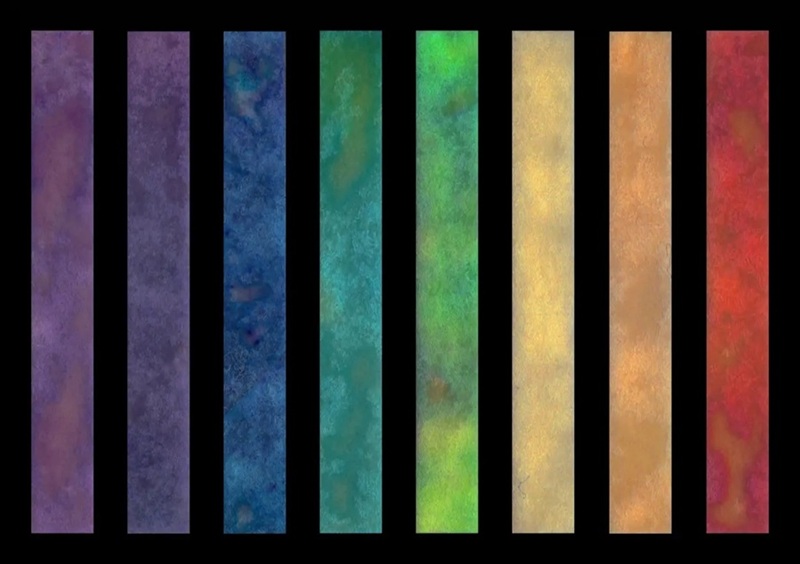Automated Microscopy System Detects Tuberculosis
By LabMedica International staff writers
Posted on 19 Apr 2010
A fully automated microscopy solution based on diagnostic mapping software is being developed for the computer-aided-detection of tuberculosis (TB) from sputum samples.Posted on 19 Apr 2010
The Guardian Signature Mapping (SM TBDx) diagnostic software is an automated diagnostic solution using sophisticated detection algorithms for TB diagnosis from sputum microscopy slides containing mucus coughed up from the lower airways. The system can quickly screen patient samples more consistently and with greater efficiently than human examiners, delivering an accurate diagnosis based mainly on a negative sample, or when there are very few TB bacilli present. In internal performance testing of 740 sputum slides, the SM TBDx system processed each slide in minutes, while maintaining a consistently high bacilli detection level of over 90%, with false positives of less than 3%.

Image: Transmission electron micrograph (TEM) depicting the ultrastructural details displayed by a number of Gram-positive Mycobacterium tuberculosis bacilli (Photo courtesy of Science Source).
SM TBDx can also be deployed as an effective decision support tool to review quickly all fields of view (FOV) and identify which FOVs to review to confirm a diagnosis. By eliminating the need to review hundreds of FOVs per patient, and millions per year, the fully automated slide management and detection system has major implications for TB programs in heavily burdened countries like India, Russia and China, which handle extremely large and growing volumes of slides. The SM TBDx system is under development by Guardian Technologies (Herndon, VA, USA), and is currently entering phase II clinical trials.
"We are very excited to be joining the global fight to stop the spread of TB. We are very pleased with the application's level of performance, which far exceeds our original design goals,” said Michael Trudnak, CEO of Guardian Technologies, commenting on a memorandum of understanding signed with the South African National Health Laboratory Services (NHLS; Johannesburg, South Africa) for stress testing of SM TBDx. "The National Labs conduct over four million sputum tests per year and will establish the benchmarks by which we will expand to the rest of the highly infected countries of the world.”
The current common TB diagnostic test, sputum microscopy, is more than 100 years old and detects only half of new TB cases. While new and more sophisticated genetic TB diagnostics are available, their cost and sophistication restricts their usage to mainly developed countries and complex individual cases; developing nations, who bear more than 80% of total global TB burden, continue to rely on sputum microscopy and subsequent culturing as the cornerstone diagnostic methods. Current sputum analysis methods have historically demonstrated low sensitivity and specificity, lengthy delays between sample collection and diagnosis, and inconsistent quality due to human limitations; high throughput, huge volume of samples, and significant variations in sputum staining quality further challenge the already overburdened lab technicians and healthcare systems.
Related Links:
Guardian Technologies
South African National Health Laboratory Services









 assay.jpg)



